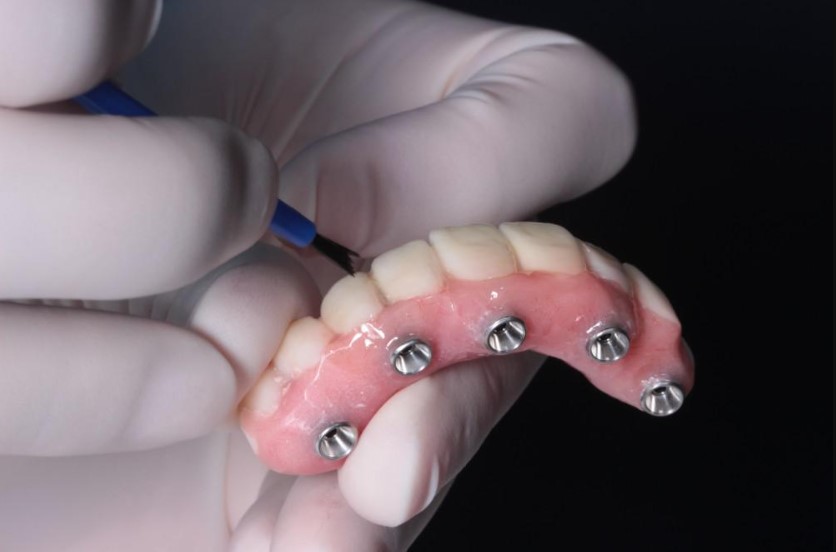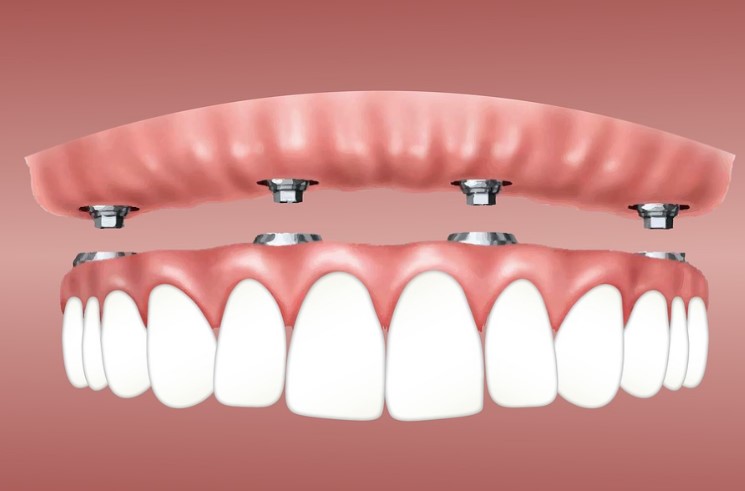Different Stages of Gum Disease: Causes, Symptoms, and Treatments

Decades ago, gum disease was considered rare and only affected the elderly. In recent decades, however, it’s become apparent that gum disease can affect people at any age and contribute to serious health issues if left untreated. Gum disease has many different stages and can have short-term and long-term symptoms if left untreated. Let’s look at the stages in more detail and see the next steps if you suspect you have gum disease.
What is Gum Disease, and What are the Different Stages?
Gum disease is one of the common 99 dental near me problems that can lead to tooth loss if left untreated. Gum disease is also known as periodontal disease. It’s a bacterial infection that affects the gums and bones that hold your teeth in place. Many factors, including smoking, stress, or poor dental hygiene, can cause it.
Stages of Gum Disease
Gingivitis
Gingivitis is an infection in the gums (gum disease) that causes redness and swelling. It also leads to swollen or tender gums that bleed easily. Gingivitis usually starts with a thin layer of plaque on your teeth. You can get it from not flossing or brushing your teeth often enough, which makes it easier for bacteria to grow around the gum line.
Periodontitis
The second stage can be referred to as early periodontitis. It occurs when gum disease has started spreading into the tissues that support your teeth but not yet into the deeper tissues below your gum line. There are usually no symptoms at this stage; however, you should brush twice daily and floss once daily. It is also important to see your Dentist Melbourne regularly for check-ups in order to monitor any changes in the health of your gums.
Advanced Periodontitis
The most common symptoms of advanced periodontitis are redness, swelling, and pain. Advanced periodontitis is a serious condition that can lead to tooth loss. In severe cases, the bone surrounding the tooth may be destroyed. Treatment usually involves a root canal or extraction to remove the problem tooth.
Causes
Gum disease is a serious oral health problem that can cause chronic bad breath (halitosis), tooth loss, infection in the jawbone and even death. It’s caused by plaque on the teeth. Plaque is made up of bacteria that feed on food particles left behind on your teeth. If you don’t brush your teeth at least twice a day with fluoride toothpaste, this plaque will start to harden into tartar.
Symptoms
Gum disease can be identified by a variety of symptoms that should not be ignored. Some symptoms of gum disease include bleeding or swollen gums, bad breath, and sensitivity to heat or cold. If you’re experiencing any of these symptoms it’s important to call the 99 dental clinic and schedule an appointment with your dentist as soon as possible. Your Dentist Melbourne will most likely perform a periodontal probe test to assess the healthiness of your gums, and they will then decide on what treatments are best for you, depending on the severity of your gum disease.
Treatment
The treatment for gum disease will depend on the type of gum disease you have. It’s important to know the stage you’re in so that you can get the right treatment for your needs. Early stages can be treated with good oral hygiene practices and at-home treatments such as rinsing your mouth with salt water or using an electric toothbrush. More advanced stages may require more serious care, such as surgery to remove infected tissue around teeth roots or antibiotic pills.







